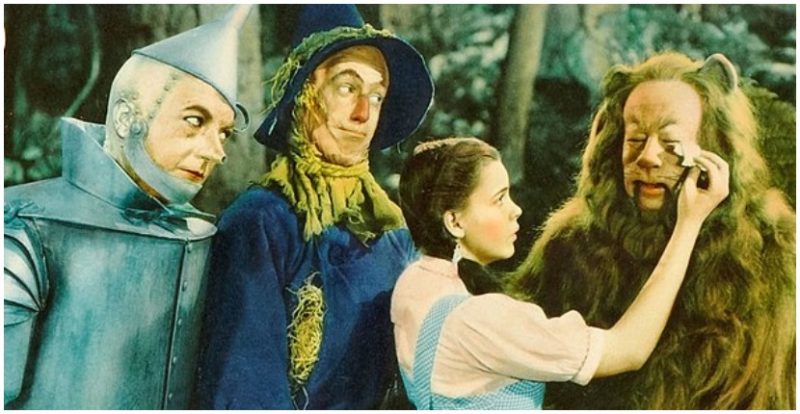Many things in this world aren’t always what they seem to be at first glance, and children’s books are no exception. L. Frank Baum published his famous novel, The Wonderful Wizard of Oz, in 1900, and underneath the surface of the story, with all its whimsy and childish delights, is what some literary historians claim is a very thinly-veiled allegory.
According to Ranker, it doesn’t take much analysis to see that the book has a subtext relating directly to the politics of the 1890s; specifically it relates to the rise of Populism that was going on at the time, and to the debate over whether to hold on to the gold standard for currency or start using silver as well.
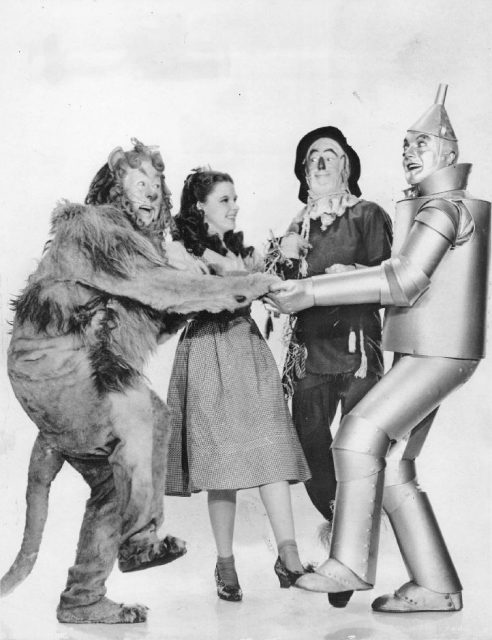
It might sound far-fetched that a child’s tale dealt with such weighty issues, but not only was Baum a political reporter for part of his life, he was also a resident of South Dakota for several years. This meant that he was present to observe the rise of the Populist movement among farmers of the West, and their formation of the People’s Party to address a variety of economic issues in the country.
The book’s related political undertones were first identified in 1964 in an analysis by a historian named Henry Littlefield. Take a look at what he uncovered.
Dorothy
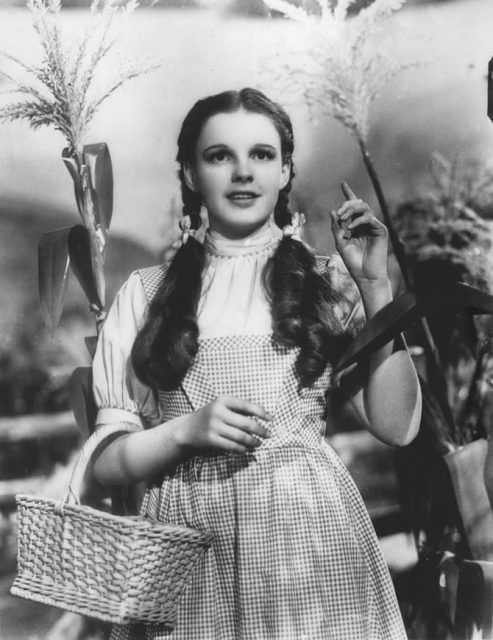
Dorothy, the main character in the novel, is said to represent the average American. Her character represented the best of what was valued as the American character; she was kind, showed spunk, was level-headed, straightforward, and was willing to face the unknown to find answers to the issues she was faced with.
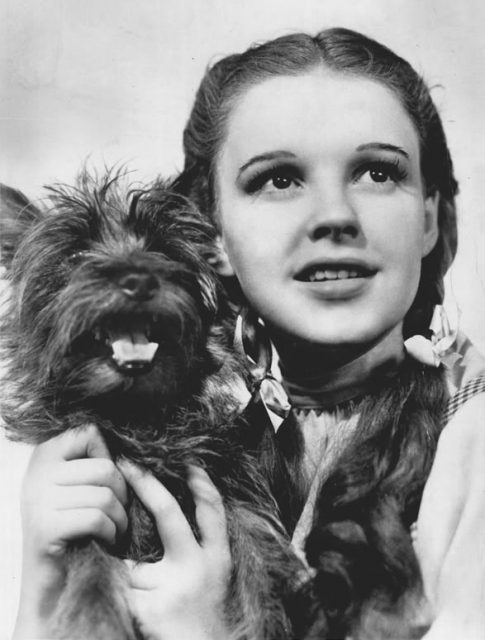
In the last 20 years of the 19th century, American farmers took an economic beating as the result of calamitous weather and the wreckage caused by swarms of locusts, leading to a rise in Populism as the farmers blamed their misfortunes on the banks, the railroads, and nature.
The Scarecrow
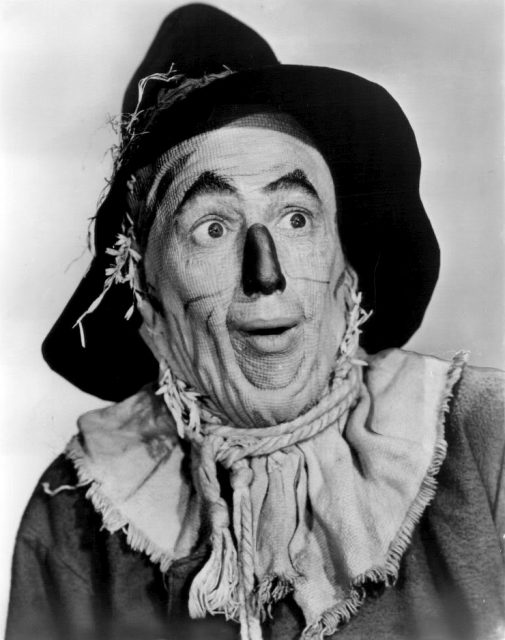
The Scarecrow represents those farmers. The Scarecrow thinks he doesn’t have a brain, which parallels the view that Easterners in the country had of the farmers of the Midwest region, as being generally irrational, uneducated, and ignorant. The character shows a good deal of common sense as they make the journey to Oz, and a lot of resilience, proving that he is far less stupid than many people might think.
Tin Man
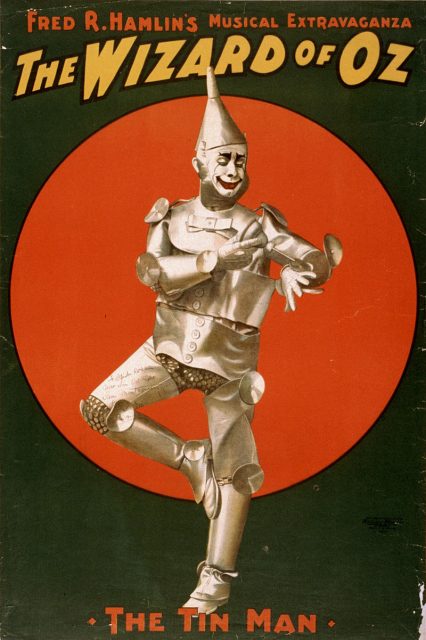
The Tin Man was said to represent a dehumanized and mistreated factory worker, who, through no fault of his own, has had his self-worth chipped away by outside forces. He represents factory workers who were suffering in the economy of the time and was even covered in rust when Dorothy and the Scarecrow first encounter him, representing the high levels of unemployment that were prevalent in the 1890s.
The Cowardly Lion
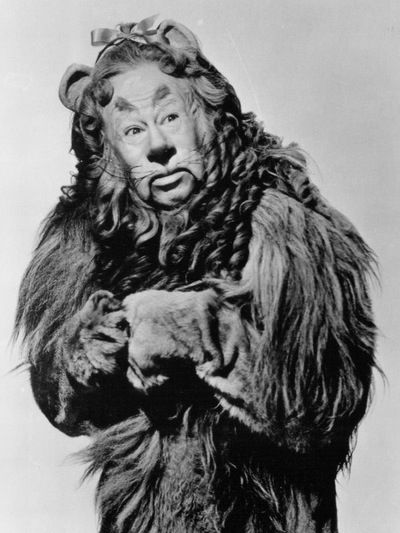
The Cowardly Lion is, according to Littlefield, a representation of William Jennings Bryan, who was a hero of the Populist movement at the time. Bryan was even referred to as a lion in the press. He was a huge supporter of the “Free Silver Movement” and moving away from a gold standard.
The Wicked Witches

The Wicked Witches are interpreted as a representation of the major financial-political interests that held sway over American politics. When Dorothy’s house falls on the Wicked Witch of the East, it’s a reference to smashing Wall Street’s power. Her sister, the Witch of the West, symbolizes the financial elite who lived in the western region of the country such as railroad magnates, bankers, etc.
The cyclone
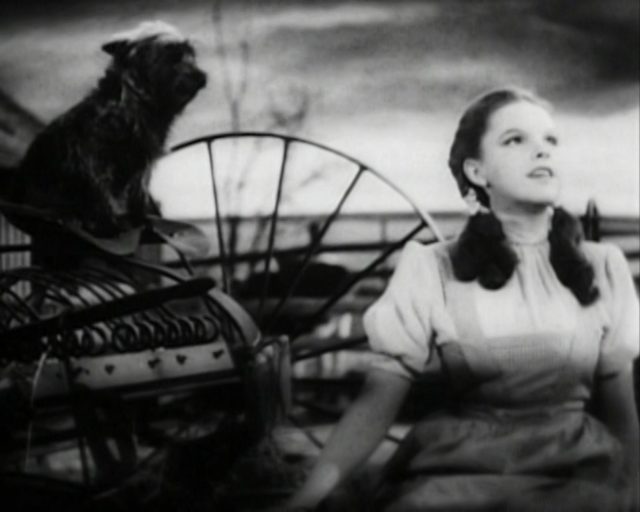
The cyclone, according to a discussion of the story on the Wicked website, may represent the Free Silver Movement or perhaps just political upheaval in general.
Farmers of the Midwest wanted the dollar to have value equal to fixed ratios of both gold and silver, instead of just gold. The financial establishment was against this proposal, which caused a tremendous amount of debate among the politicians of the day.
Dorothy’s slippers
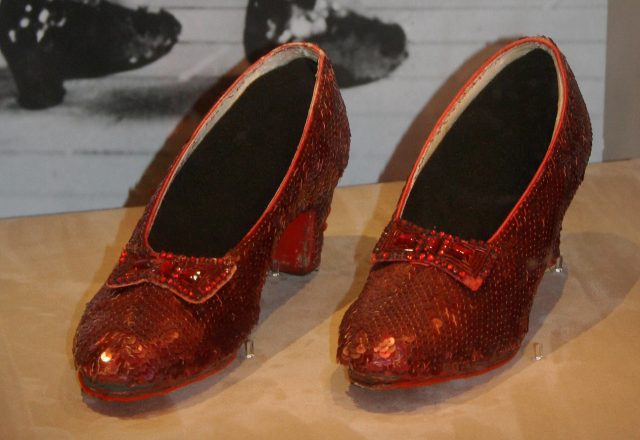
Dorothy’s slippers were made of silver in Baum’s story, not of ruby. The change was made for the film in order to take advantage of the power of Technicolor. The silver slippers were, says Littlefield, yet another reference to the farmers’ desire to have money be tied to both silver and gold. Check out the video below to see how money is actually made:
https://youtu.be/TLl5AyCgh1A
Emerald City
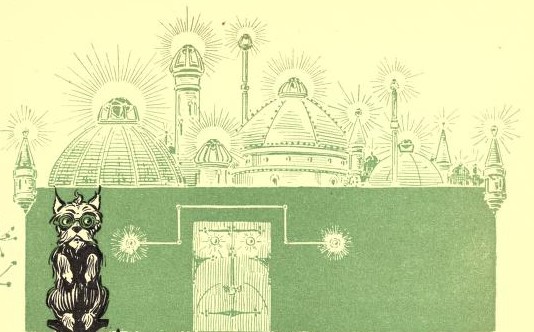
The Emerald City and the Royal Palace of Oz are placeholders for Washington, D.C. and the White House — the seats of political power and possibly also a reference to the greenback dollar.
The Wizard
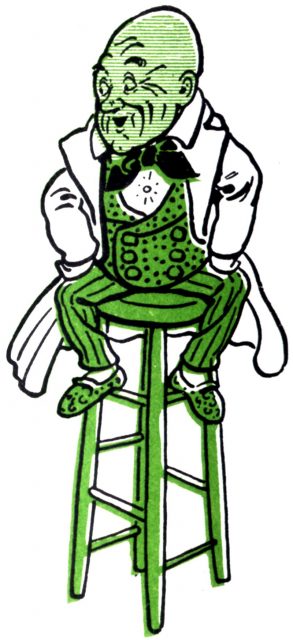
The Wizard, unsurprisingly, represents the President of the United States. In the story, the wizard is a charlatan who has convinced those around him that he wields great power, but who doesn’t really have much power at all. That point is highlighted when he asks Dorothy to go kill the Wicked Witch of the West for him.
Littlefield concludes by noting that the themes of fiscal and political struggle run through just about every part of The Wizard of Oz to such an extent that it’s hard to believe it wasn’t intentional on Baum’s part.
Read another story from us: Wizard of Oz – Stolen Ruby Red Slippers Recovered, 13 Years Later
On the other hand, it’s been pointed out that Baum was not a Populist himself, and there’s no clear reason why he would encode their message into his book. It’s impossible to prove what his political intent may have been, if any, but it’s fascinating to consider the symbolism in the book as we enjoy the story for itself.
